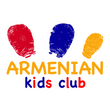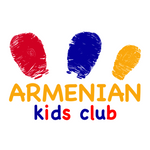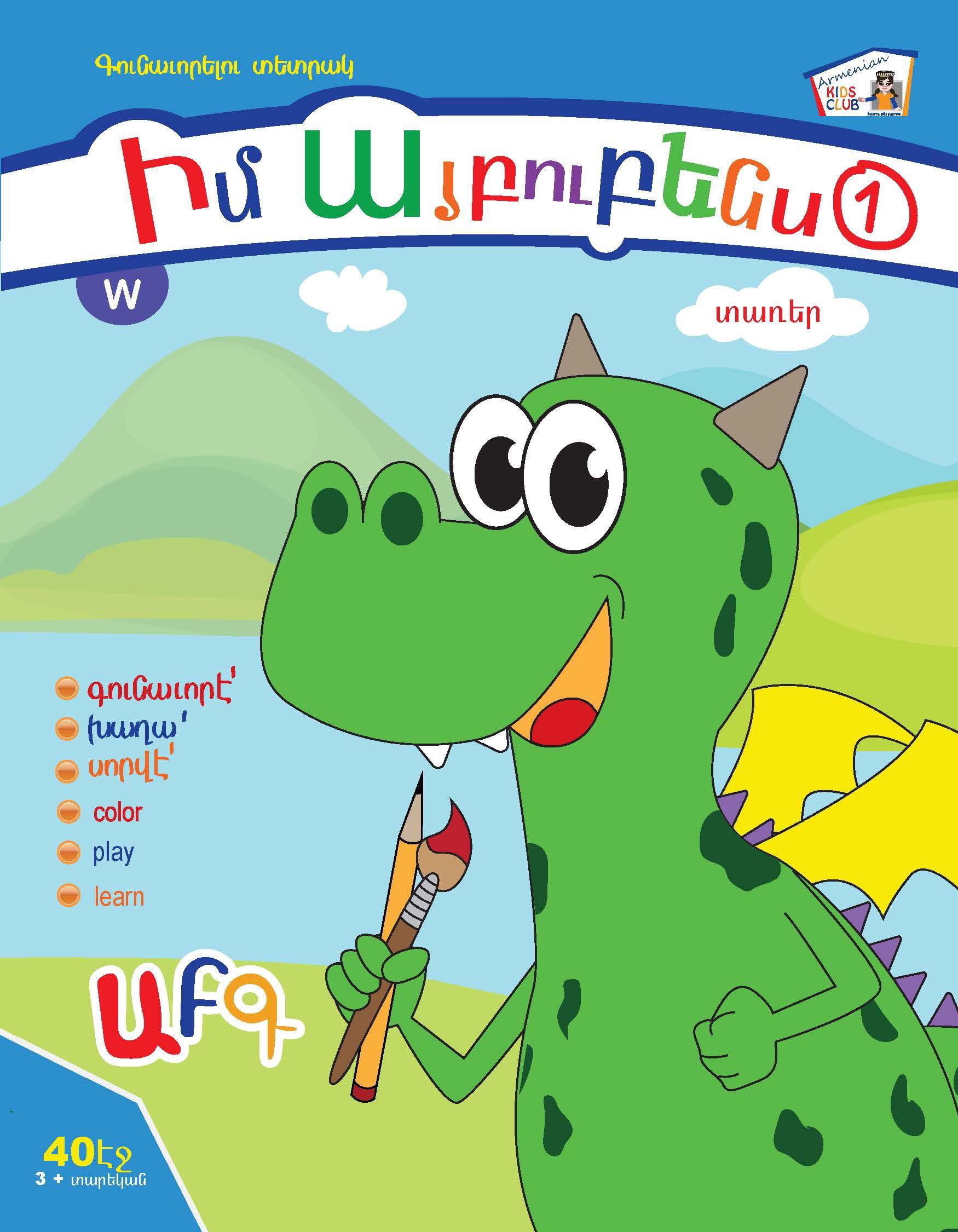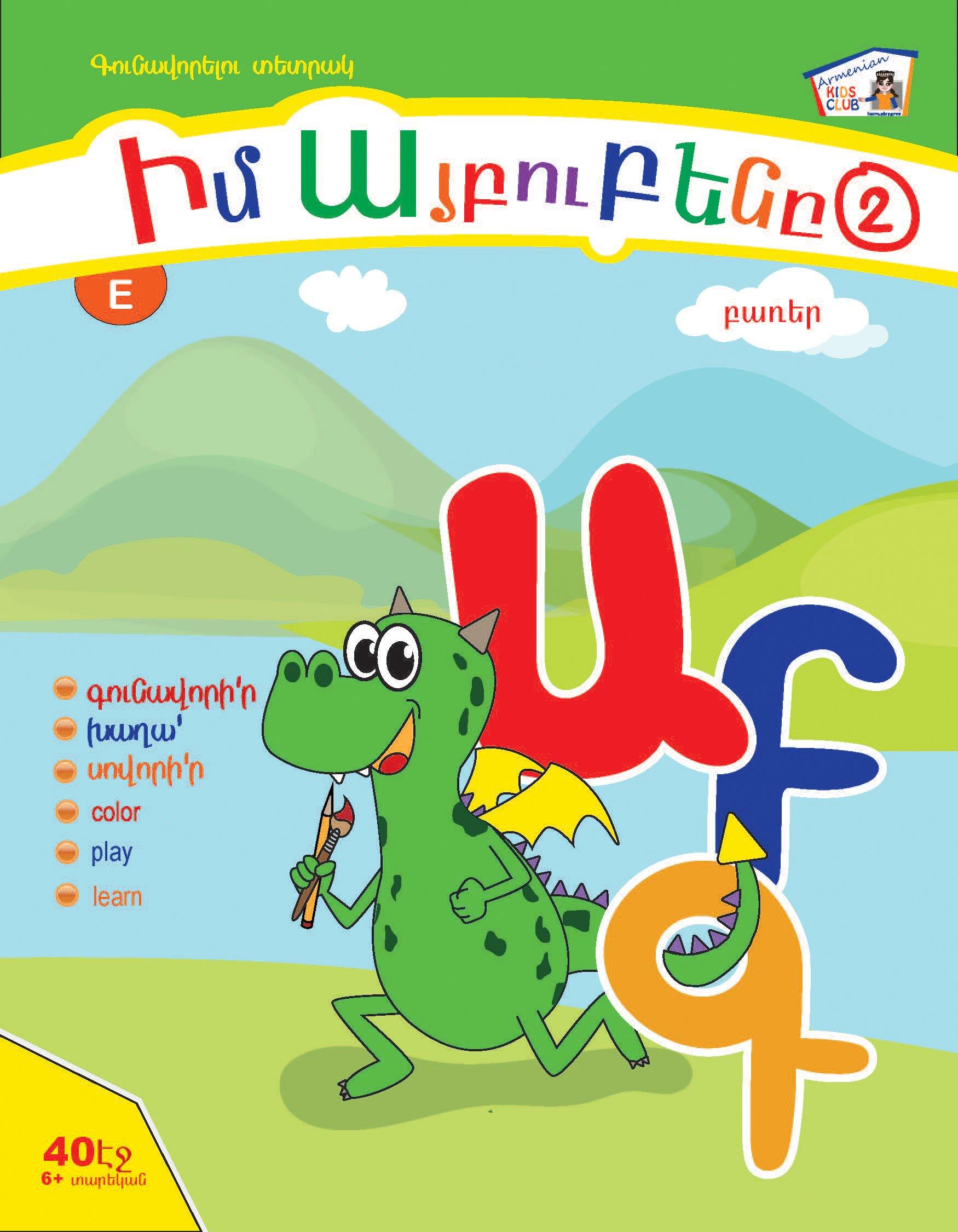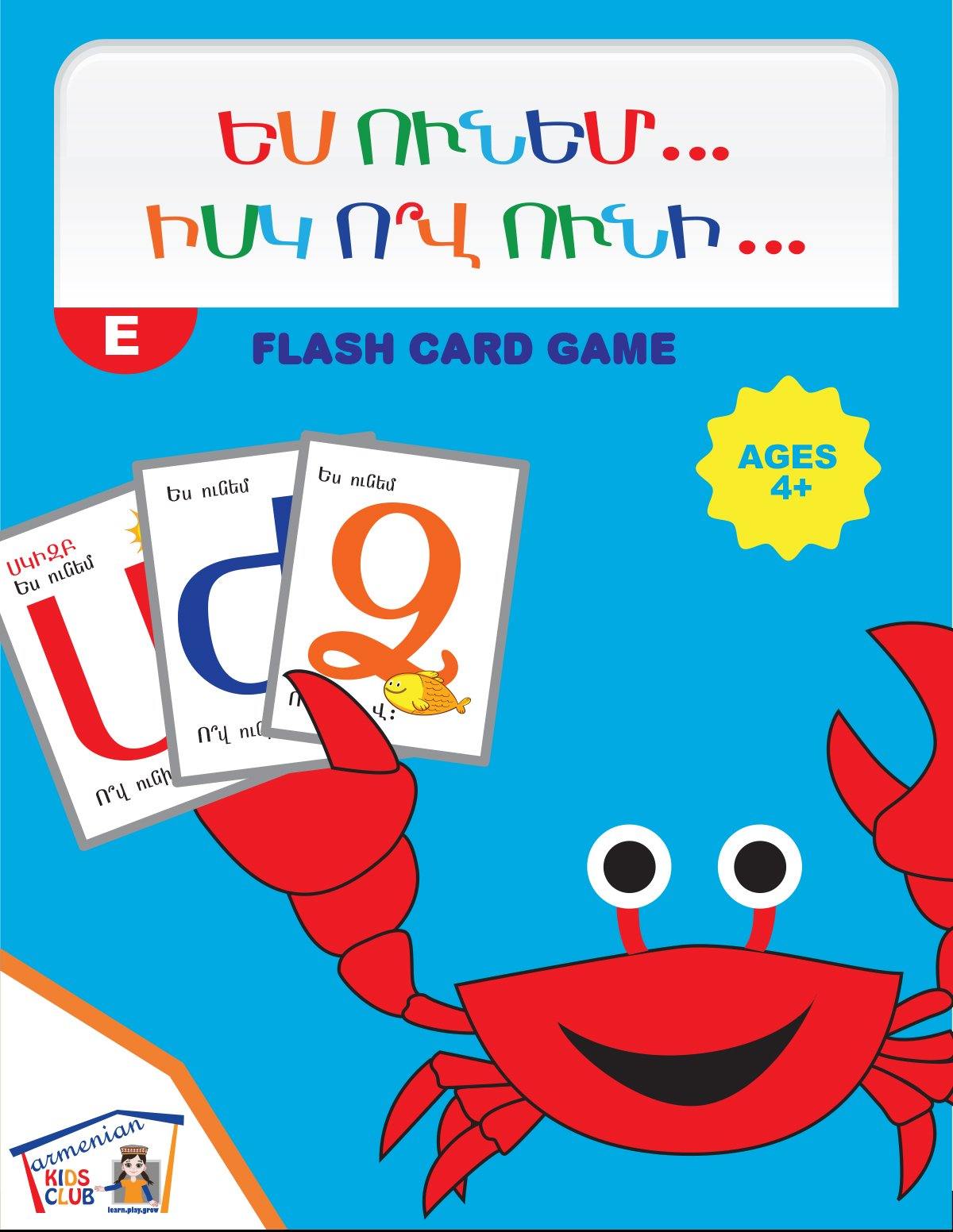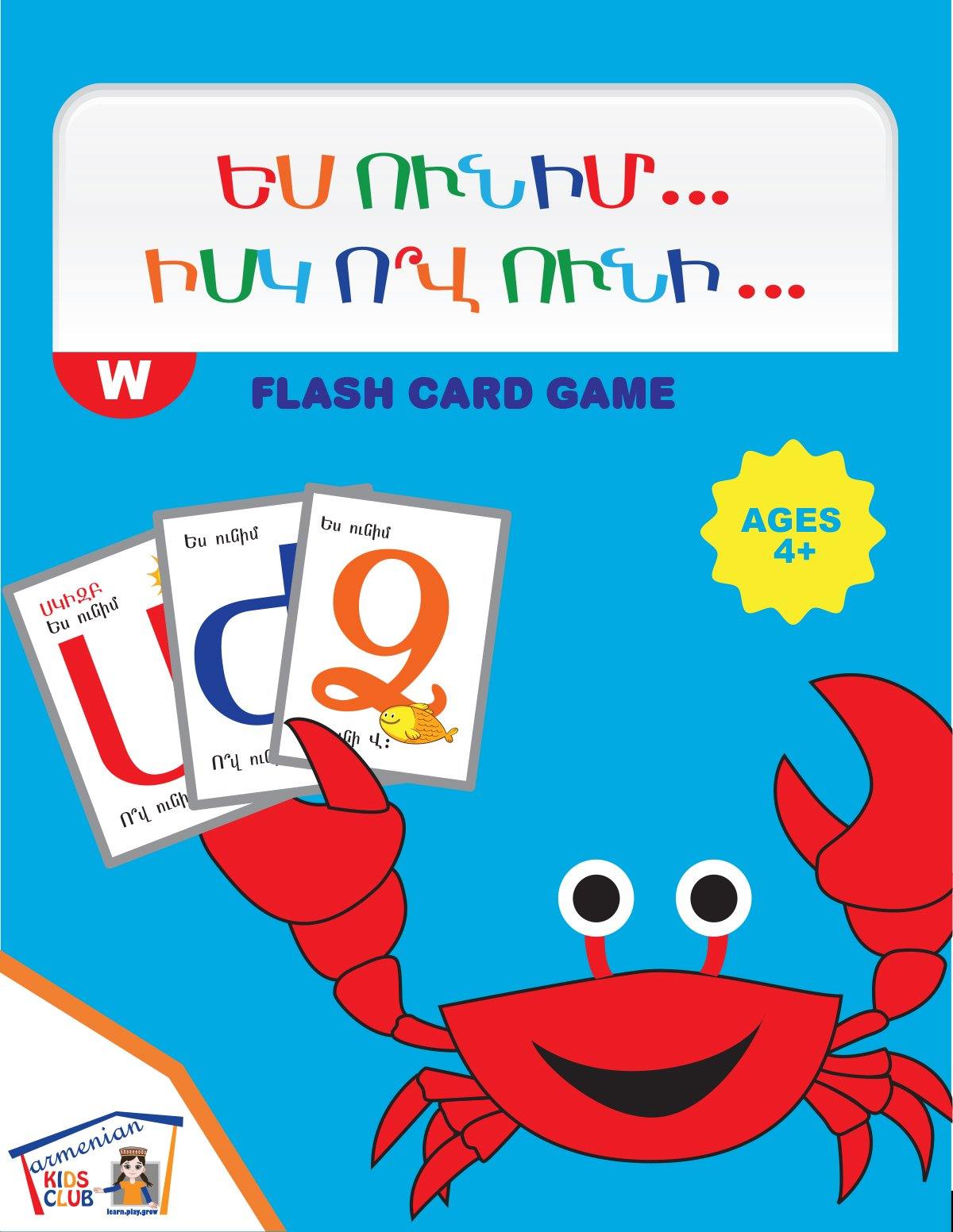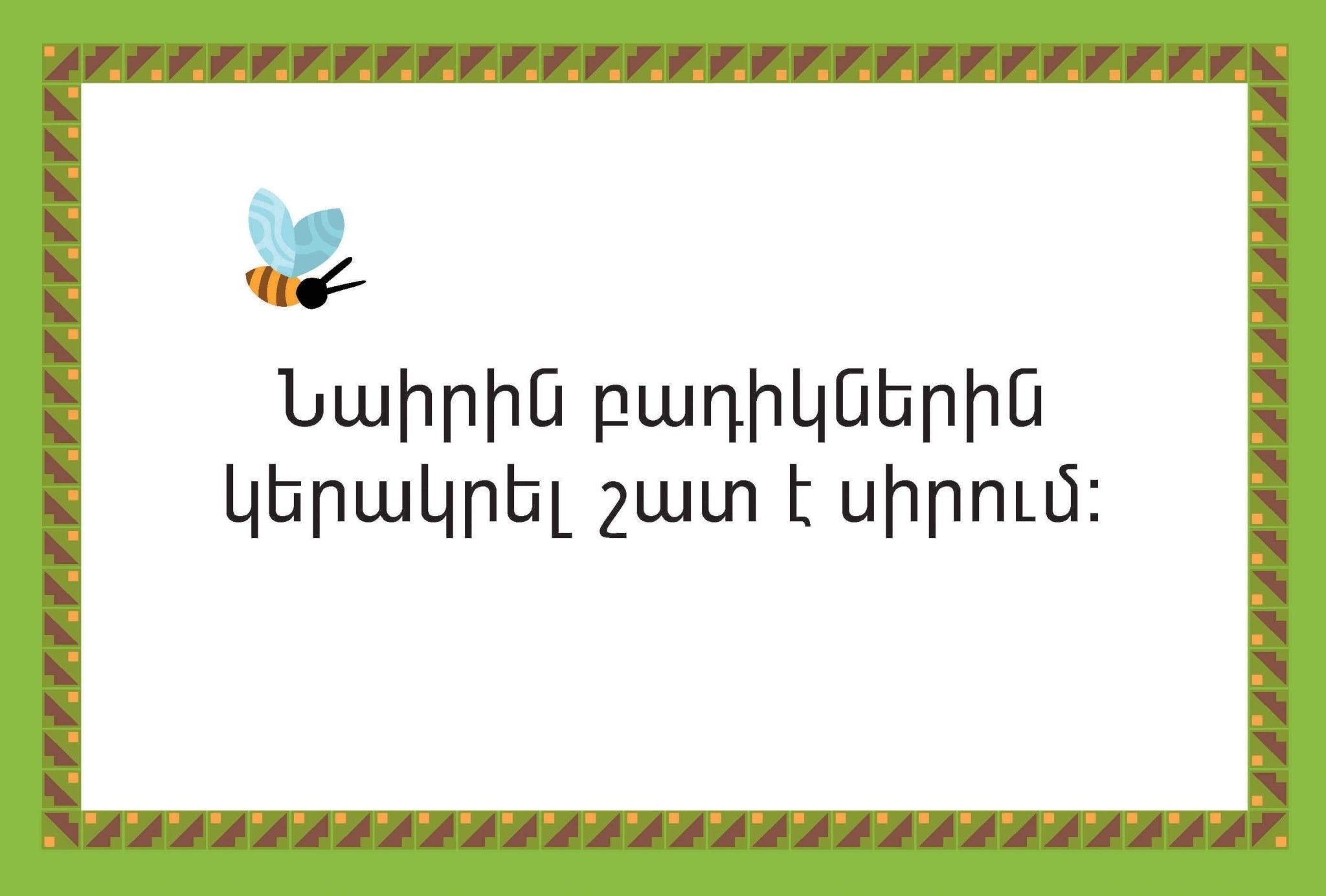News
How to Teach Armenian Handwriting to Kids
Teaching your child Armenian (հայերեն) handwriting opens doors to their cultural heritage while building fine motor skills. Whether you're preserving family traditions or introducing Armenian for the first time, learning Armenian alphabet handwriting creates a real connection to one of the world's oldest writing systems. With the right approach, patience, and practice materials, your child can master the elegant curves and distinctive shapes that make Armenian letters so unique. Practice time using Armenian tracing worksheets Why Learning Armenian Handwriting Still Matters In a digital world, handwriting might feel “old-school,” but for Armenian families and Armenian schools, teaching kids to write by hand still matters a lot. Armenian handwriting practice helps reinforce the link between what a child sees and what their hand does, which makes it easier to recognize letters and eventually read with confidence. Research on handwriting in early literacy shows that physically writing letters improves memory, spelling, and reading fluency. It’s also cultural. The Armenian script, created by Mesrop Mashtots in the 5th century, carries more than 1,600 years of history. When a child learns to write in Armenian, they’re not just learning letters — they’re continuing a tradition. For families in the diaspora, the act of writing by hand becomes a way to stay connected to identity and heritage. And on a very practical level: handwriting improves focus, discipline, and confidence. Tracing Armenian letters and copying them builds patience, structure, and pride (“I wrote this myself”). That kind of motivation keeps kids coming back. Understanding the Armenian Alphabet Structure (Eastern vs Western) The Armenian alphabet contains 39 letters in modern use, including 8 vowels and 31 consonants. Both Eastern Armenian and Western Armenian use the same letters, but many letters are pronounced differently between the two dialects. How many letters are in the Armenian alphabet? The original Armenian alphabet was created with 36 letters. Over time, three additional letters were added, bringing the total to 39. Unlike English, where some letters can represent multiple sounds, Armenian is largely phonetic: most letters map cleanly to a single sound. Eastern vs Western pronunciation differences This is one of the main things that confuses parents. The letters are written the same way in Eastern and Western Armenian — so your child will write the same alphabet either way — but some sounds change depending on dialect. Example differences you’ll see: Letter Eastern Armenian Western Armenian Գ գ "g" as in "go" sounds closer to "k" Պ պ "p" often heard like "b" Թ թ aspirated "t" can be closer to a "d" sound So which version should you teach? For handwriting, either is fine. The writing is the same. Just be consistent with pronunciation so your child doesn’t learn two different sounds for the same letter in the same week. If your home / school / community mostly speaks Western Armenian, stick to that pronunciation. If you’re teaching Eastern Armenian (as spoken in Armenia today), stick to Eastern pronunciation and modern spelling rules. If you want visual practice by dialect, explore our Armenian alphabet workbooks — we offer Eastern Armenian, Western Armenian, and Mesrobian formats so kids can learn in the style they actually hear at home and in school. Step-by-Step: Teaching Kids to Write Armenian Letters Start with posture, grip, and stroke control Before you even introduce a letter, set up good habits: Feet flat on the floor Pencil held with relaxed fingers, not in a tight fist Paper slightly angled, not straight up-and-down Armenian letters have a lot of curves and hooks. If a child squeezes the pencil or writes with a bent wrist, every letter becomes harder than it needs to be. Slowing down here actually speeds them up later. Teach basic shapes before full letters Most Armenian letters are built from repeating shapes (little hooks, loops, circles, vertical stems). Have your child trace those shapes first. Think of this like “warm-up drills.” This builds muscle memory and makes the full alphabet feel less scary. Introduce letters in a smart order, not A-to-Z Don’t feel pressured to teach the alphabet strictly from Ա / ա onward. Some letters are visually simpler and more familiar, so they’re great first wins. Large round forms like Ա (A), Ո (Vo/O), Ս (S) are easier for beginners than more detailed letters with multiple strokes. Here’s a simple pattern: Trace dotted versions of the letter. Copy the same letter next to the model. Write from memory on an empty line. This trace → copy → recall sequence is exactly how our Armenian handwriting workbooks are structured, because it gives a child fast feedback without feeling like a test. Use Armenian handwriting worksheets consistently Printable Armenian handwriting worksheets are one of the easiest tools for parents. A strong worksheet will include: Numbered arrows that show stroke order Uppercase and lowercase versions of the same letter Guidelines so letters don’t “float” or collapse Space to try the letter independently, not just tracing One simple word or picture in Armenian using that letter, so it feels meaningful You can use individual sheets for short daily practice (5–10 minutes). That’s more effective than a long “handwriting session” once a week. Printable Armenian Handwriting Worksheets (Free PDF) Having reliable practice sheets at home makes a huge difference, especially for families who don’t have access to an Armenian day school. This is where printable PDFs shine. We recommend starting with: Basic tracing pages for individual letters Letter + sound pages (e.g. the letter + a word that starts with it) Copy-the-word lines, where kids rewrite a simple Armenian word Review sheets that mix 3–4 letters the child already learned You can download starter practice sheets at home and print as many copies as you need. We also offer Eastern Armenian, Western Armenian, and Mesrobian variants, so you’re not forcing a child to practice in the “wrong accent.” Browse our Armenian alphabet workbooks or check out our printable worksheets to get started. Common Handwriting Problems (and How to Fix Them) Similar-looking letters Some Armenian letters look very similar to beginners. Kids may mix up letters that only differ by a tail or hook. You can fix this by practicing those “confusing pairs” side by side and color-coding the part that’s different. Letter size and spacing Inconsistent size is normal at first. If letters are too big or words all run together, switch to lined or grid-style paper. Visual boundaries help the child learn where the baseline is and how tall each letter should be. Wrong stroke order Armenian letters have an intended stroke flow. When a child invents their own stroke order, the letter becomes harder to repeat neatly. Slow them down and have them trace arrows or say the order out loud while they write (“down, loop, tail”). Repetition builds smoothness. Make Armenian Handwriting Fun If handwriting feels like homework, kids check out. If handwriting feels like play, they stay in it longer — and longer practice = faster results. Ideas you can use: Rainbow tracing: Trace the same Armenian letter using five different colored pencils. Build the letter: Shape letters out of Play-Doh or clay before writing them. Letter hunt: Open an Armenian storybook and ask the child to circle every instance of today’s letter. Mini words: After they learn a few letters, help them write a tiny “note” in Armenian to a parent or grandparent. When handwriting connects to something personal — family, stories, birthday cards in Armenian — it sticks. Next Steps in Your Child’s Armenian Learning Journey Once your child can write a few letters confidently, start blending handwriting practice with early reading. Short Armenian storybooks are perfect here. Seeing the same letters they just wrote now showing up in real words helps reading click much faster. You can explore our Armenian storybooks for kids to introduce simple words, repetition, and cultural themes in both Eastern and Western Armenian. Reading and writing together is what turns letters into language. And most important: keep it consistent, not perfect. Ten focused minutes a day of Armenian alphabet handwriting beats one stressful hour once a week. Ready to keep going? Download our free Armenian handwriting practice sheets or explore the full Read and Write in Armenian workbook series to give your child a strong, confident start in Armenian. For historical and linguistic background on the Armenian alphabet, see this overview of the Armenian alphabet.
Read more